-
Executive Summary
-
Market Introduction
-
Market Definition
-
Scope of the Study
-
Assumptions & Limitations
-
Market Structure
-
Key Takeaways
-
Market Insights
-
Research Methodology
-
Research Process
-
Primary Research
-
Secondary Research
-
Market Size Estimation
-
Forecast Model
-
Market Dynamics
-
Introduction
-
Drivers
-
Restraints
-
Opportunities
-
Challenges
-
Trends
-
Market Factor Analysis
-
Supply Chain Analysis
- Raw Material Suppliers
- Manufacturers/Producers
- Distributors/Retailers/Wholesalers/E-Commerce Merchants
- End-Users
-
Porter’s Five Forces Analysis
- Threat of New Entrants
- Bargaining Power of Buyers
- Bargaining Power of Suppliers
- Threat of Substitutes
- Intensity of Competitive Rivalry
-
Pricing Analysis
-
Global Specialty Elastomers Market, by Type
-
Introduction
-
Thermoplastic Elastomers (TPE)
- Market Estimates & Forecast, 2020-2027
- Market Estimates & Forecast, by Region, 2020-2027
- Thermoplastic Olefin (TPO)
- Thermoplastic Polyurethane (TPU)
- Thermoplastic Vulcunizate (TPV)
- Styrene Block Copolymer (SBC)
- Others
-
Thermosetting Elastomer (TSE)
- Market Estimates & Forecast, 2020-2027
- Market Estimates & Forecast, by Region, 2020-2027
- Styrene Butadiene Rubber (SBR)
- Butyl Rubber
- Polybutadiene Rubber (PBR)
- Nitrile Rubber
- Ethylene Propylene Rubber (EPM)
- Others
-
Global Specialty Elastomers Market, by Application
-
Introduction
-
Automotive
- Market Estimates & Forecast, 2020-2027
- Market Estimates & Forecast, by Region, 2020-2027
-
Medical
- Market Estimates & Forecast, 2020-2027
- Market Estimates & Forecast, by Region, 2020-2027
-
Consumer Goods
- Market Estimates & Forecast, 2020-2027
- Market Estimates & Forecast, by Region, 2020-2027
-
Building & Construction
- Market Estimates & Forecast, 2020-2027
- Market Estimates & Forecast, by Region, 2020-2027
-
Electrical & Electronics
- Market Estimates & Forecast, 2020-2027
- Market Estimates & Forecast, by Region, 2020-2027
-
Industrial
- Market Estimates & Forecast, 2020-2027
- Market Estimates & Forecast, by Region, 2020-2027
-
Others
- Market Estimates & Forecast, 2020-2027
- Market Estimates & Forecast, by Region, 2020-2027
-
Global Specialty Elastomers Market, by Region
-
Introduction
-
North America
- Market Estimates & Forecast, 2020-2027
- Market Estimates & Forecast, by Type, 2020-2027
- Market Estimates & Forecast, by Application, 2020-2027
- US
- Canada
-
Europe
- Market Estimates & Forecast, 2020-2027
- Market Estimates & Forecast, by Type, 2020-2027
- Market Estimates & Forecast, by Application, 2020-2027
- Germany
- France
- Italy
- Spain
- UK
- Russia
- Poland
-
Asia-Pacific
- Market Estimates & Forecast, 2020-2027
- Market Estimates & Forecast, by Type, 2020-2027
- Market Estimates & Forecast, by Application, 2020-2027
- China
- India
- Japan
- Australia
- New Zealand
- Rest of Asia-Pacific
-
Middle East & Africa
- Market Estimates & Forecast, 2020-2027
- Market Estimates & Forecast, by Type, 2020-2027
- Market Estimates & Forecast, by Application, 2020-2027
- Turkey
- Israel
- South Africa
- GCC
- Rest of the Middle East & Africa
-
Latin America
- Market Estimates & Forecast, 2020-2027
- Market Estimates & Forecast, by Type, 2020-2027
- Market Estimates & Forecast, by Application, 2020-2027
- Brazil
- Argentina
- Mexico
- Rest of Latin America
-
Competitive Landscape
-
Introduction
-
Market Key Strategies
-
Key Development Analysis
-
(Expansions/Mergers & Acquisitions/Joint Ventures/New Product Developments/Agreements/Investments)
-
Company Profiles
-
BASF SE
- Company Overview
- Financial Updates
- Product/Business Segment Overview
- Key Developments
- SWOT Analysis
- Key Strategies
-
Dow
- Company Overview
- Financial Updates
- Product/Business Segment Overview
- Key Developments
- SWOT Analysis
- Key Strategies
-
JSR Corporation
- Company Overview
- Financial Updates
- Product/Business Segment Overview
- Key Developments
- SWOT Analysis
- Key Strategies
-
LANXESS AG
- Company Overview
- Financial Updates
- Product/Business Segment Overview
- Key Developments
- SWOT Analysis
- Key Strategies
-
LG Chem.
- Company Overview
- Financial Updates
- Product/Business Segment Overview
- Key Developments
- SWOT Analysis
- Key Strategies
-
Zeon Corporation
- Company Overview
- Financial Updates
- Product/Business Segment Overview
- Key Developments
- SWOT Analysis
- Key Strategies
-
KURARAY CO., LTD.
- Company Overview
- Financial Updates
- Product/Business Segment Overview
- Key Developments
- SWOT Analysis
- Key Strategies
-
PJSC "Nizhnekamskneftekhim"
- Company Overview
- Financial Updates
- Product/Business Segment Overview
- Key Developments
- SWOT Analysis
- Key Strategies
-
Covestro AG
- Company Overview
- Financial Updates
- Product/Business Segment Overview
- Key Developments
- SWOT Analysis
- Key Strategies
-
Teknor Apex
- Company Overview
- Financial Updates
- Product/Business Segment Overview
- Key Developments
- SWOT Analysis
- Key Strategies
-
Exxon Mobil Corporation
- Company Overview
- Financial Updates
- Product/Business Segment Overview
- Key Developments
- SWOT Analysis
- Key Strategies
-
Other Companies
- Company Overview
- Financial Updates
- Product/Business Segment Overview
- Key Developments
- SWOT Analysis
- Key Strategies
-
Appendix
-
-
LIST OF TABLES
-
Global Specialty Elastomers Market, by Region, 2020-2027
-
North America: Specialty Elastomers Market, by Country, 2020-2027
-
Europe: Specialty Elastomers Market, by Country, 2020-2027
-
Asia-Pacific: Specialty Elastomers Market, by Country, 2020-2027
-
Middle East & Africa: Specialty Elastomers Market, by Country, 2020-2027
-
Latin America: Specialty Elastomers Market, by Country, 2020-2027
-
Global Specialty Elastomers Market, for Type, by Region, 2020-2027
-
North America: Specialty Elastomers Market, for Type, by Country, 2020-2027
-
Europe: Specialty Elastomers Market, for Type, by Country, 2020-2027
-
Asia-Pacific: Specialty Elastomers Market, for Type, by Country, 2020-2027
-
Middle East & Africa: Specialty Elastomers Market, for Type, by Country, 2020-2027
-
Latin America: Specialty Elastomers Market, for Type, by Country, 2020-2027
-
Global Specialty Elastomers Market, for Application, by Region, 2020-2027
-
North America: Specialty Elastomers Market, for Application, by Country, 2020-2027
-
Europe: Specialty Elastomers Market, for Application, by Country, 2020-2027
-
Asia-Pacific: Specialty Elastomers Market, for Application, by Country, 2020-2027
-
Middle East & Africa: Specialty Elastomers Market, for Application, by Country, 2020-2027
-
Latin America: Specialty Elastomers Market, for Application, by Country, 2020-2027
-
Global Type Market, by Region, 2020-2027
-
Global Application Market, by Region, 2020-2027
-
North America: Specialty Elastomers Market, by Country, 2020-2027
-
North America: Specialty Elastomers Market, by Type, 2020-2027
-
North America: Specialty Elastomers Market, by Application, 2020-2027
-
Europe: Specialty Elastomers Market, by Country, 2020-2027
-
Europe: Specialty Elastomers Market, by Type, 2020-2027
-
Europe: Specialty Elastomers Market, by Application, 2020-2027
-
Asia-Pacific: Specialty Elastomers Market, by Country, 2020-2027
-
Asia-Pacific: Specialty Elastomers Market, by Type, 2020-2027
-
Asia-Pacific: Specialty Elastomers Market, by Application, 2020-2027
-
Middle East & Africa: Specialty Elastomers Market, by Country, 2020-2027
-
Middle East & Africa: Specialty Elastomers Market, by Type, 2020-2027
-
Middle East & Africa: Specialty Elastomers Market, by Application, 2020-2027
-
Latin America: Specialty Elastomers Market, by Country, 2020-2027
-
Latin America: Specialty Elastomers Market, by Type, 2020-2027
-
Latin America: Specialty Elastomers Market, by Application, 2020-2027
-
LIST OF FIGURES
-
Global Specialty Elastomers Market Segmentation
-
Forecast Methodology
-
Porter’s Five Forces Analysis of the Global Specialty Elastomers Market
-
Supply Chain Analysis of the Global Specialty Elastomers Market
-
Share of the Specialty Elastomers Market, by Country, 2020 (%)
-
Global Specialty Elastomers Market, 2020-2027
-
Sub-Segments of Type
-
Global Specialty Elastomers Market Size, by Type, 2020 (%)
-
Share of the Global Specialty Elastomers Market, by Type, 2020-2027
-
Global Specialty Elastomers Market Size, by Application, 2020 (%)
-
Share of the Global Specialty Elastomers Market, by Application, 2020-2027

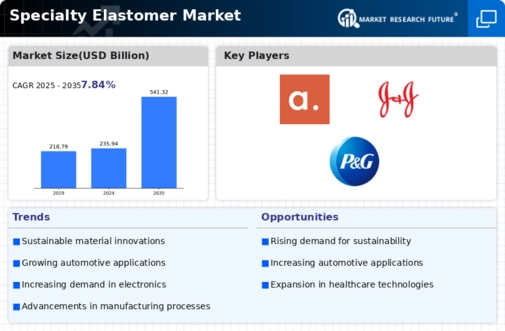

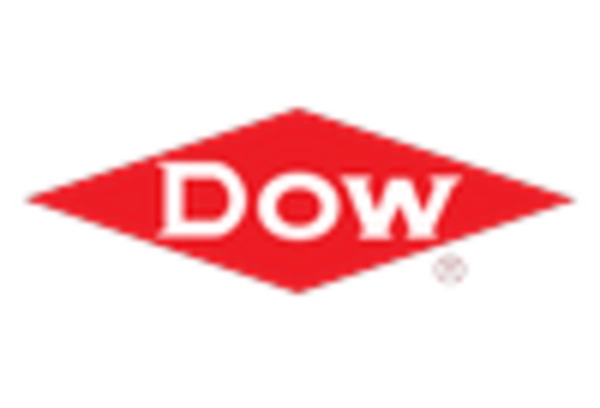

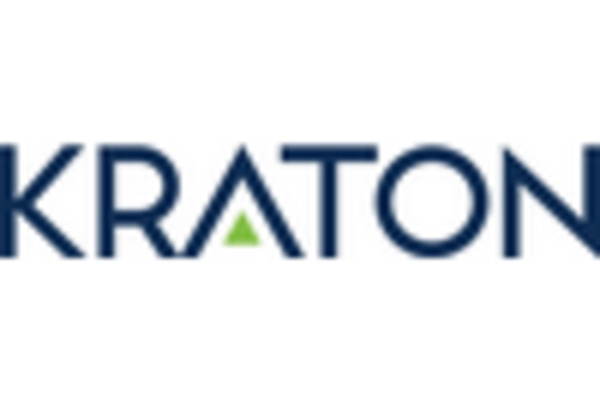
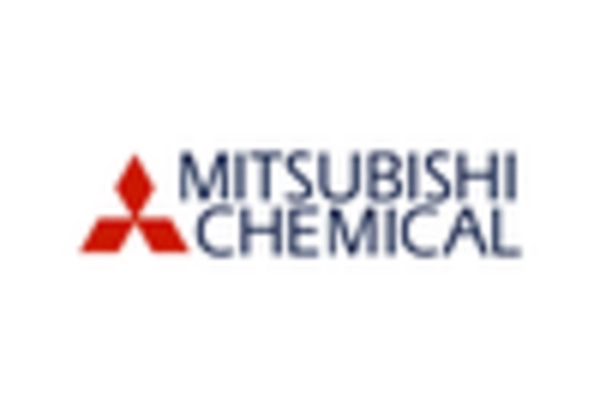
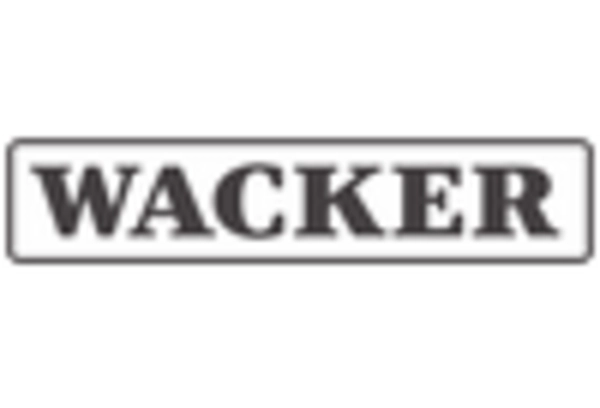









Leave a Comment